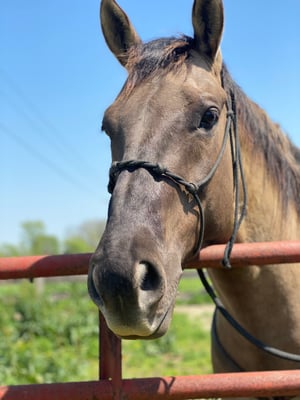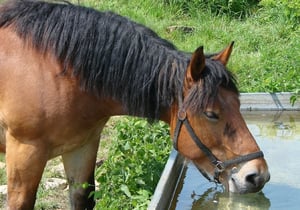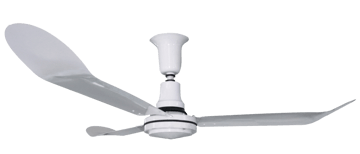Call us today (800) 444-7430
Call us today (800) 444-7430
 There is a difference in the causes of heat stress and heat stroke. Heat stroke can occur over a relatively short period of time. Heat stress, also known as heat exhaustion, usually results from protracted fluid and electrolyte loss during exhaustive exercise.
There is a difference in the causes of heat stress and heat stroke. Heat stroke can occur over a relatively short period of time. Heat stress, also known as heat exhaustion, usually results from protracted fluid and electrolyte loss during exhaustive exercise. so blood flow continues to flush metabolic waste products and heat from his muscles. In warm weather, copiously bathe his head, neck, and legs with cool water. Large blood vessels in these locations flush heat to the skin surface, and rapid evaporative cooling is achieved by continual sponging of these areas. Apply cool water and as it heats up, scrape it off of major muscle groups, such as over the loin and hindquarters. Offer a bucket of water to your horse immediately following exercise. Find a shady spot for an overheated horse, preferably with decent air circulation from a light breeze or fan. An enclosed space with stagnant air adds to heat retention. Fans are helpful for convective cooling–as the air flows across the horse’s body, it pulls heat off the skin. In severe cases, severe dehydration might need to be treated with Intravenous fluids. This can also help to cool the internal organs and muscles. Talk to your veterinarian about checking your horse’s acid-base balance and electrolyte status and correct if necessary.
so blood flow continues to flush metabolic waste products and heat from his muscles. In warm weather, copiously bathe his head, neck, and legs with cool water. Large blood vessels in these locations flush heat to the skin surface, and rapid evaporative cooling is achieved by continual sponging of these areas. Apply cool water and as it heats up, scrape it off of major muscle groups, such as over the loin and hindquarters. Offer a bucket of water to your horse immediately following exercise. Find a shady spot for an overheated horse, preferably with decent air circulation from a light breeze or fan. An enclosed space with stagnant air adds to heat retention. Fans are helpful for convective cooling–as the air flows across the horse’s body, it pulls heat off the skin. In severe cases, severe dehydration might need to be treated with Intravenous fluids. This can also help to cool the internal organs and muscles. Talk to your veterinarian about checking your horse’s acid-base balance and electrolyte status and correct if necessary.



From horse stalls to barn doors, stable flooring and entrance gates, Classic offers the widest product lines in the industry while continuing to expand through innovation and strategic alliances.
We look forward to answering your questions. Our sales team is knowledgeable about everything from horse barn design to equine stall systems and readily available to assist you in planning your Classic barn!
ph: (800) 444-7430
em: sales@classic-equine.com
